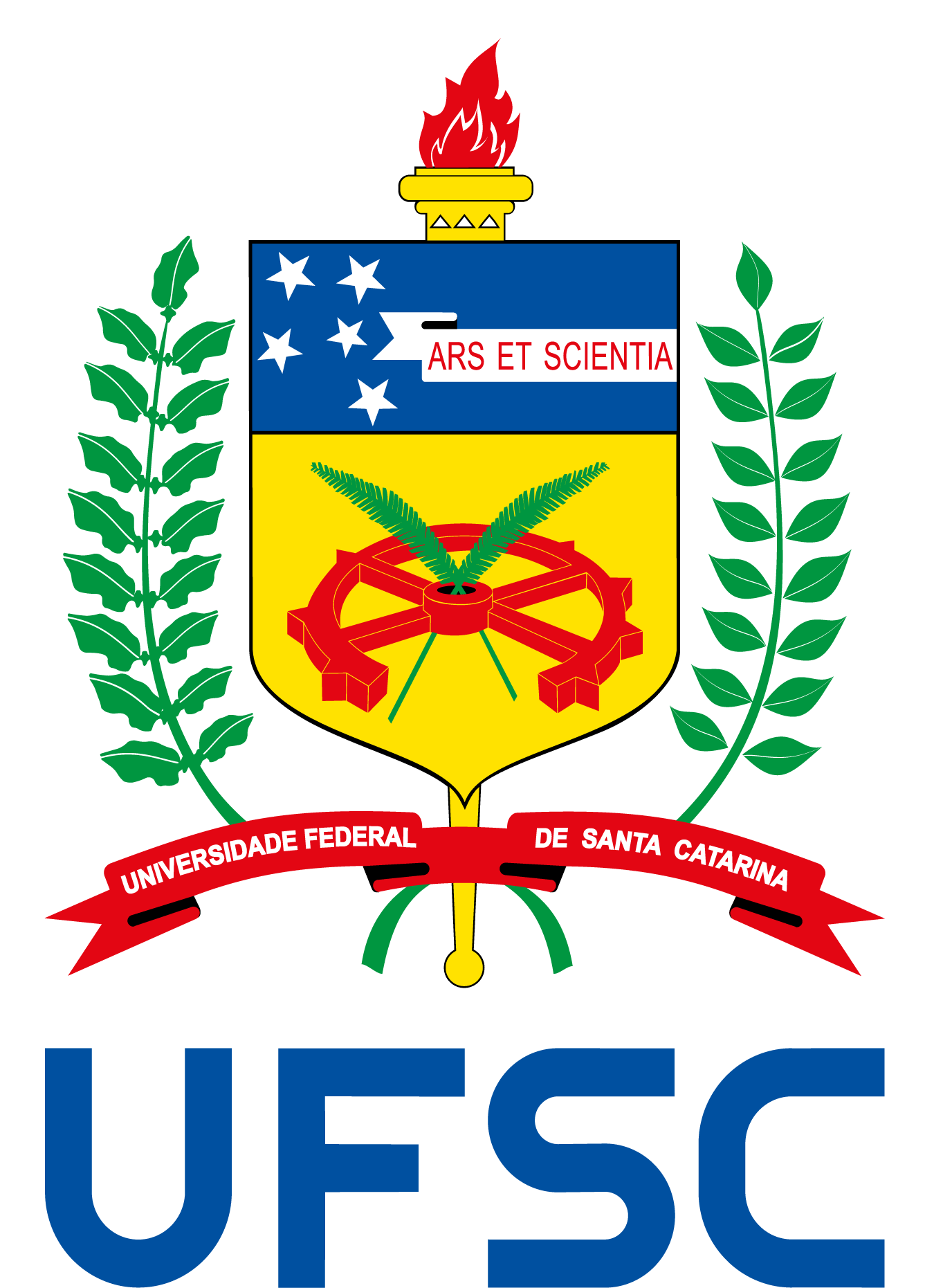Translating Carrie’s Verbally Expressed Humor: A Study of the Dubbed and Subtitled Versions of the Film “Sex in the City”
Priscila Pires Meirelles | 2010
The Audiovisual Translation (AVT) is one of the twelve research areas of Translation Studies (TS) (Williams, Chesterman, 2002). Dubbing and Subtitling are the most common AVT methods but differ a lot from each other. Thus, the present study aimed to compare and analyze the translation techniques adopted in the dubbing and subtitling of the Verbally Expressed Humor (VEH), a specific kind of humor coined by Chiaro (2009). The data source of this study encompasses four VEH categories (pun, idiom, rhyme and metaphor) found in the dialogs of the character Carrie Bradshaw in the film Sex and the City. The translation techniques adopted in the Brazilian Dubbing (BD) and the Portuguese Subtitles (PS) were categorized according to the models proposed by Molina and Albir (2002) and Barbosa (1990). In the analyzed dialogs, 41 occurrences of VEH categories were identified among which the most common were idioms and metaphors with 24 and 14 occurrences, respectively. Concerning both AVT methods, in most cases, puns were borrowed, idioms were adapted and metaphors and rhymes were literally translated. Consequently, there were three implications: i) the puns created the feeling of foreignness; ii) the idioms are culturally marked and required the transformation of the source text (ST) to convey the intended message; and iii) the rhymes did not keep the humorous load of the ST rhyme. Regardless of the VEH categories, the translation technique most used in both AVT methods was literal translation. However, the combined use of literal translation with other translation techniques (e.g. modulation in the BD and reduction in the PS) explained the diverging translation results. In conclusion, the different combinations of translation techniques reveal the requirements of each AVT method: while the BD adopts modulation to make the dialogs sound as natural as possible, the PS adopts reduction to lessen the number of characters in the subtitles to facilitate the reading for the viewer.




